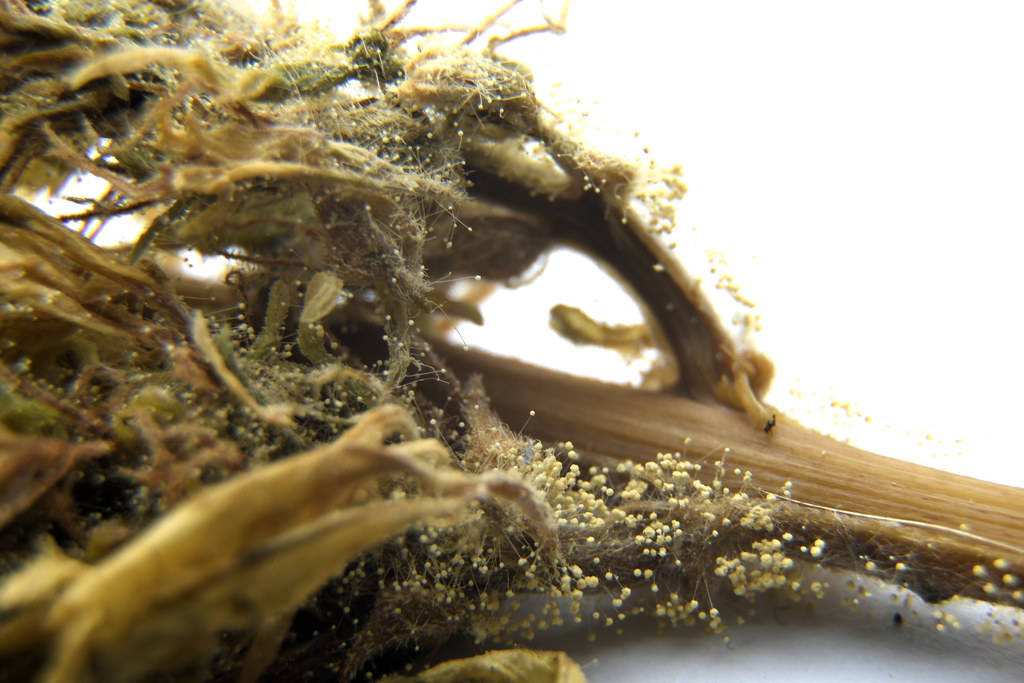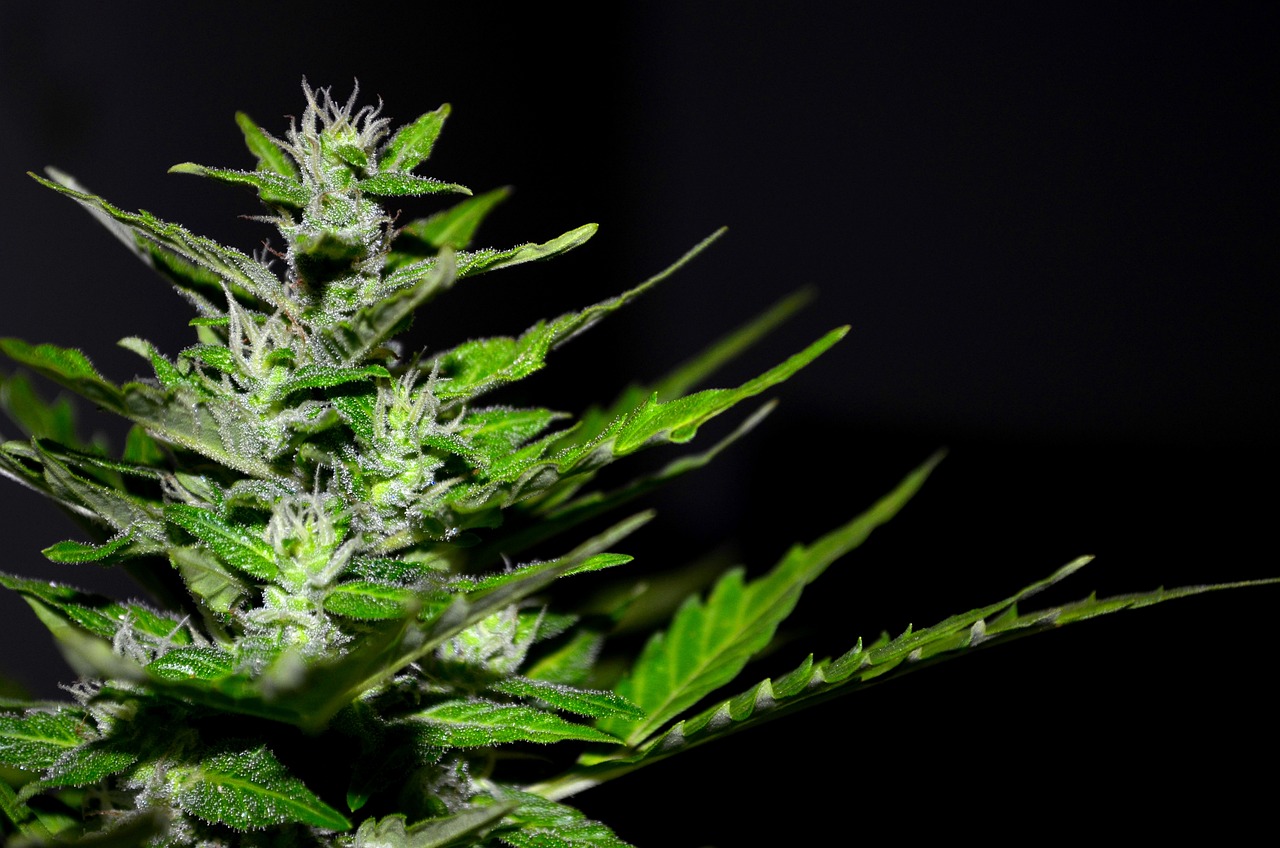Moldy marijuana, whether grown at home or purchased from a dispensary, is both unusable and poses health risks to its consumers. Recognizing early symptoms of mold infection and taking swift action are key to saving both your crop and quality buds from mold infection. Here are a few techniques you can use to quickly eliminate mold from cannabis plants quickly.
Black sooty mold is one of the most widespread mold problems that affects cannabis plants, appearing most often on fan leaves and quickly spreading, disrupting photosynthesis and creating a shriveled appearance. To identify sooty mold on marijuana, closely examine affected leaves for powdery or furry textures that differ from natural trichomes; additionally you may detect an unpleasant musty scent.
Isolate the mold

Once you have identified sooty mold on a plant, the best course of action is to isolate and remove all affected leaves and flowers which display symptoms of disease. This prevents cross-contamination as well as protecting healthy plants from potential spores which could infiltrate them. You can find sprays specifically designed to eliminate fungus and mold in garden sections of any grow store; alternatively a solution of hydrogen peroxide and water may work well enough for cannabis plant mold growth issues.
When growing indoors, make sure that fans are used to regulate airflow in your grow room and ensure fresh, clean air flows freely around your marijuana plants and prevent stagnant areas where mold spores tend to gather. This will also ensure freshness for better quality results!
Use hygrometer and humidity sensor
One way to prevent mold growth in your cannabis garden is to utilize a hygrometer and humidity sensor, which will tell you when conditions in your grow room have become too humid, leading to mold growth.
Be sure to inspect your marijuana plants regularly for signs of mold; early identification increases the odds of mitigating damage and protecting the quality of your harvest.
Home growers may wish to switch up their trimming technique from dry trim, in order to decrease the likelihood of mold appearing during curing and drying processes. Dispensaries must monitor humidity and moisture levels in their storage rooms while training employees to recognize early signs of mold so as to take immediate steps against any issues that arise – prevention always beats cure!
